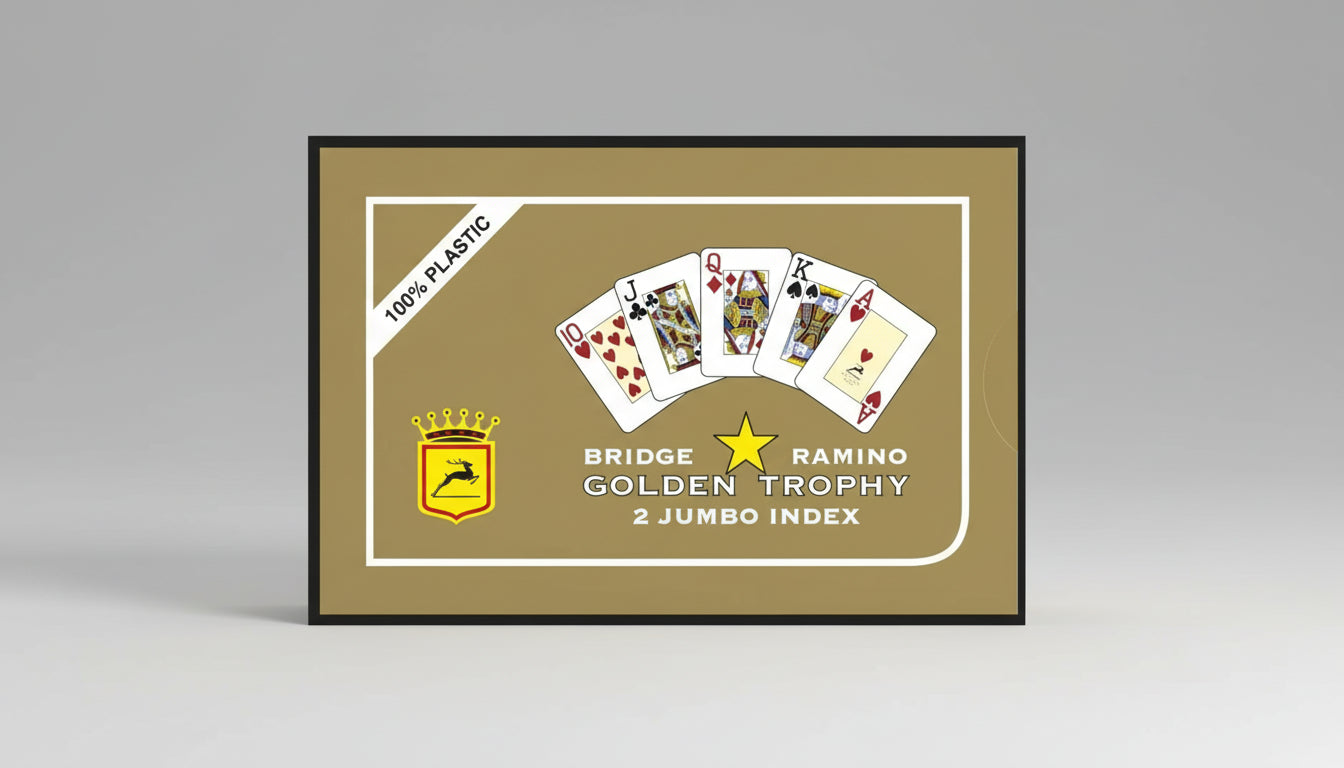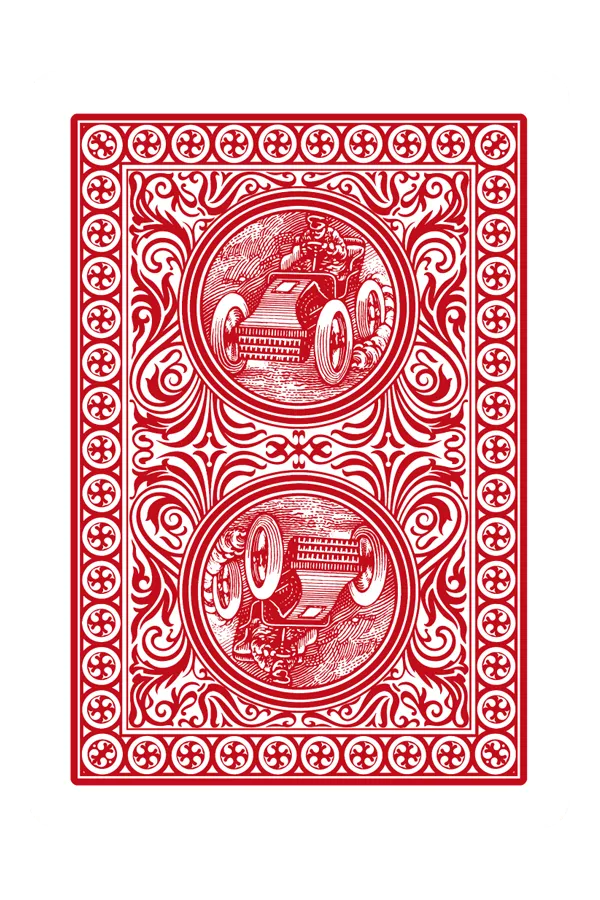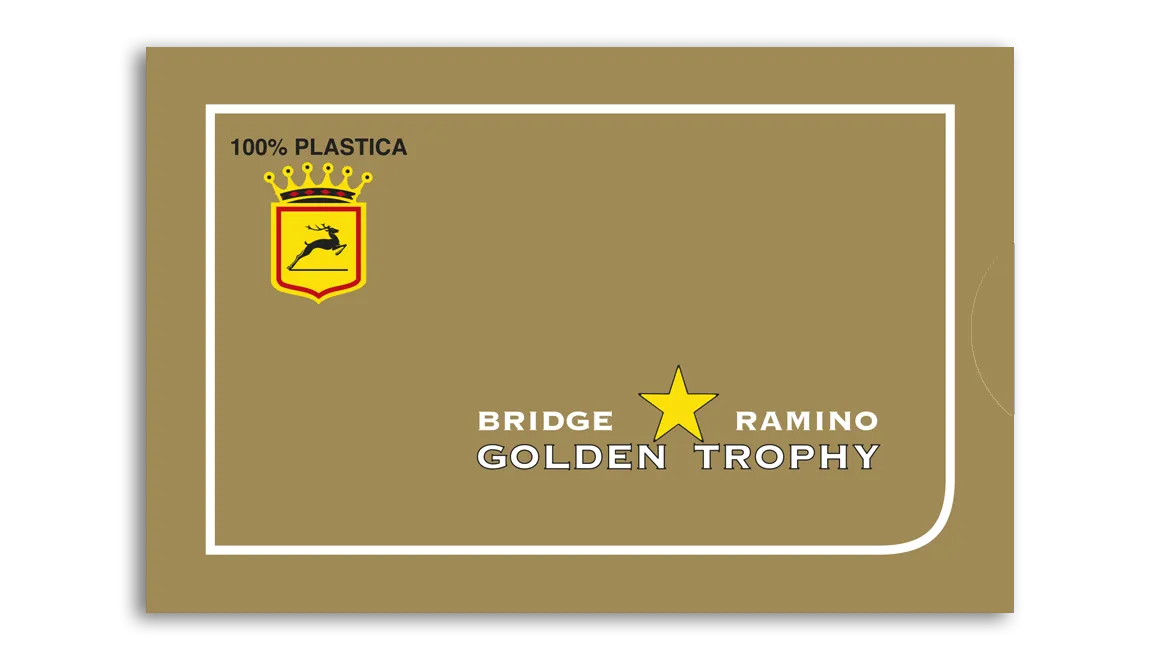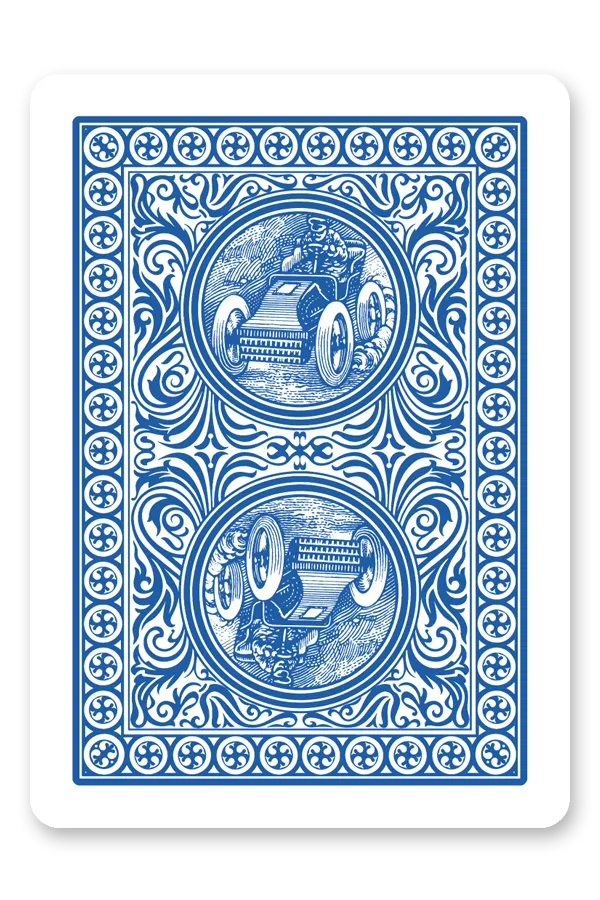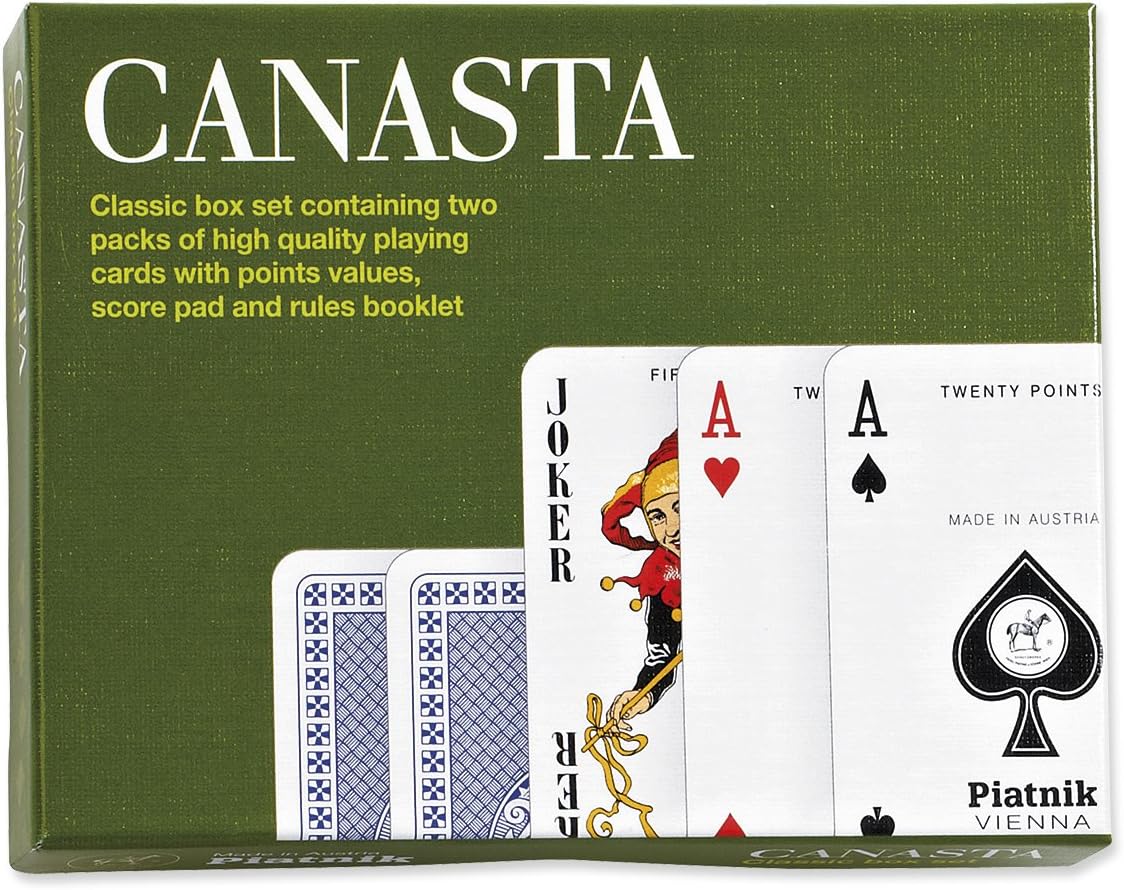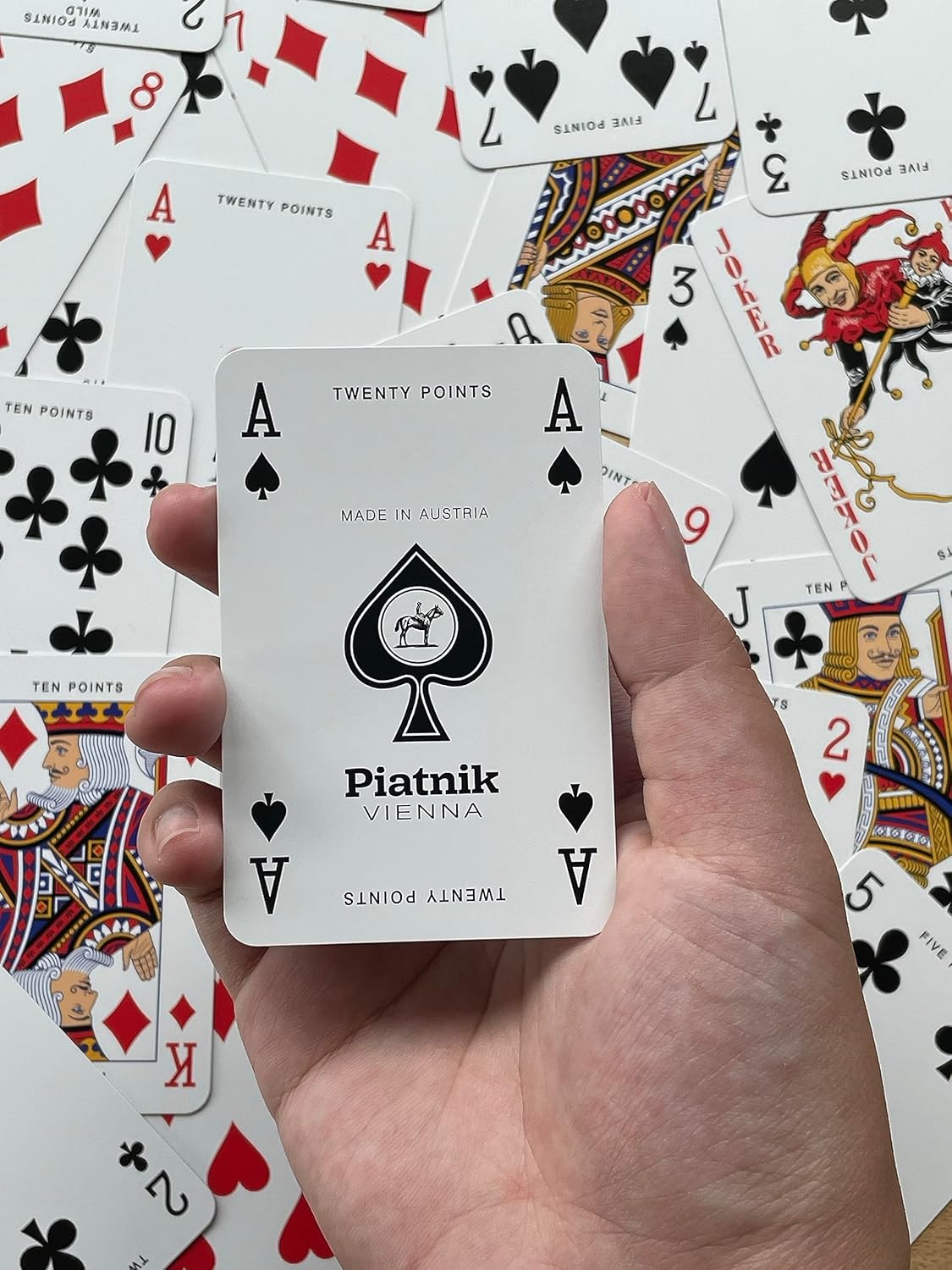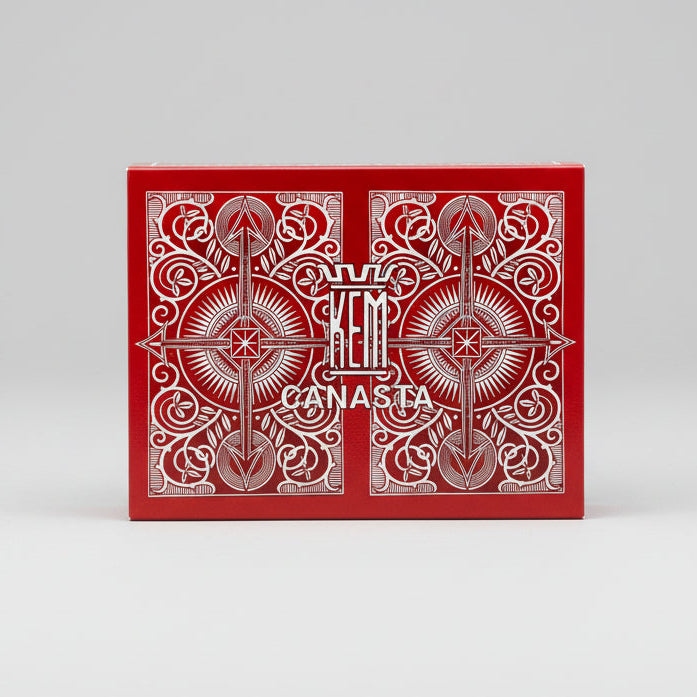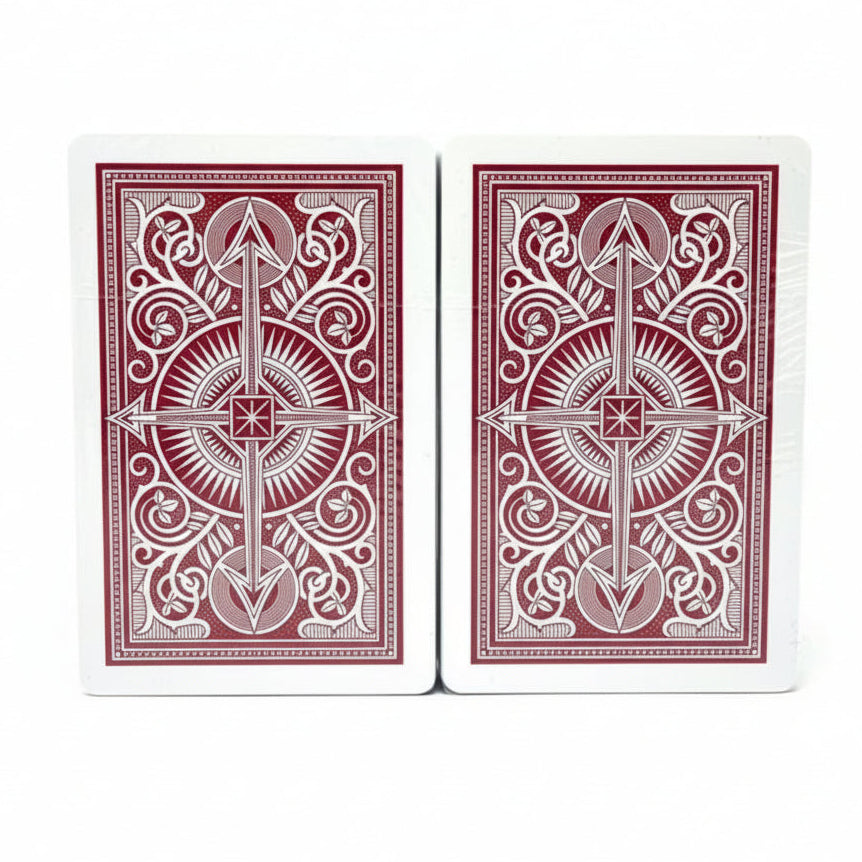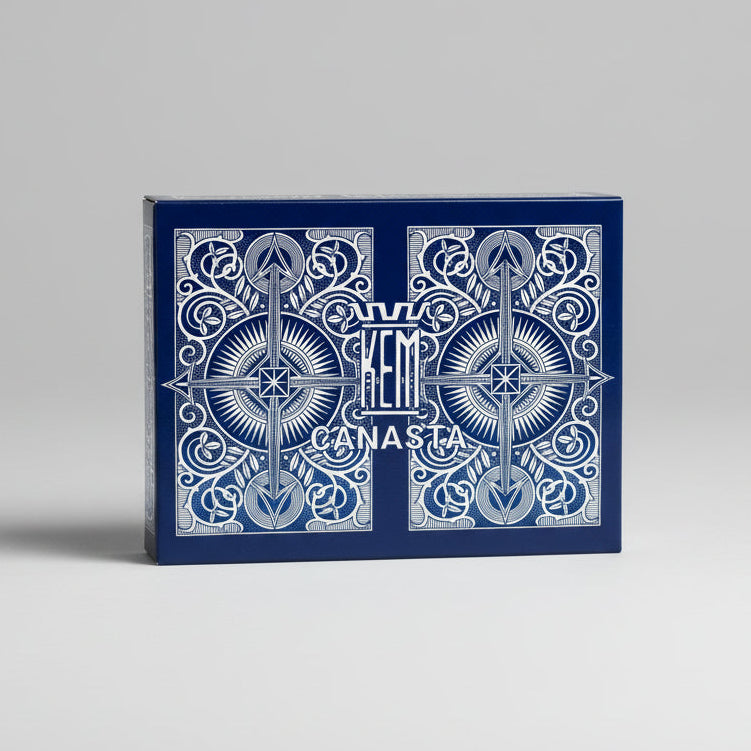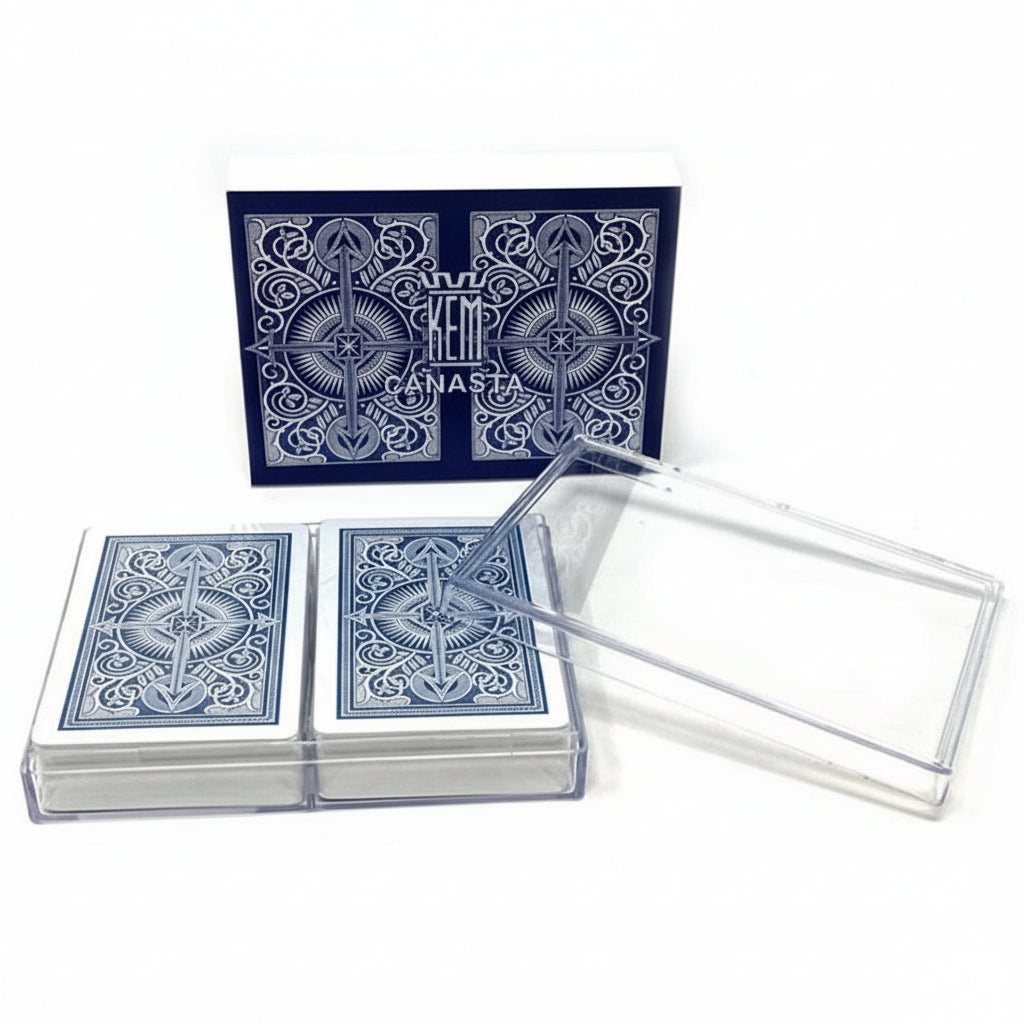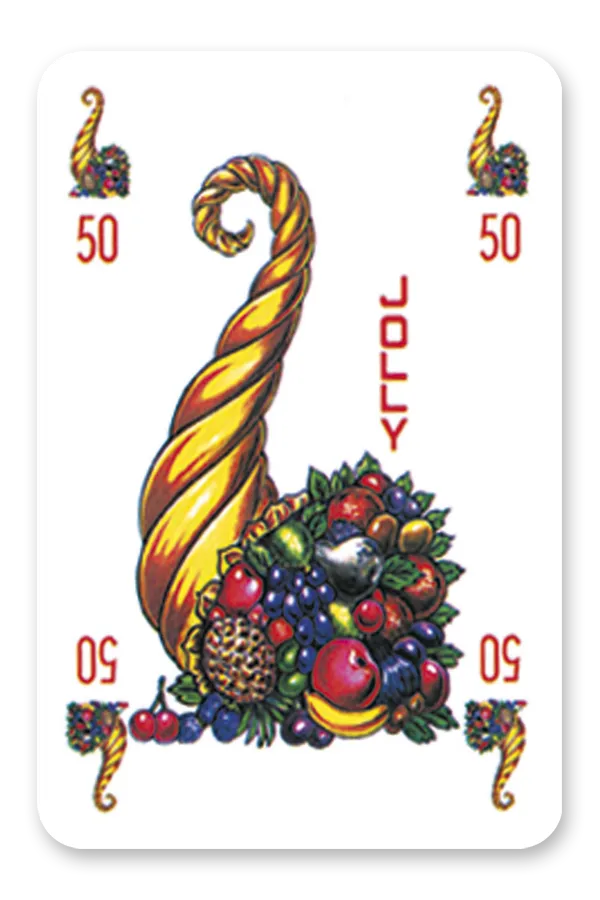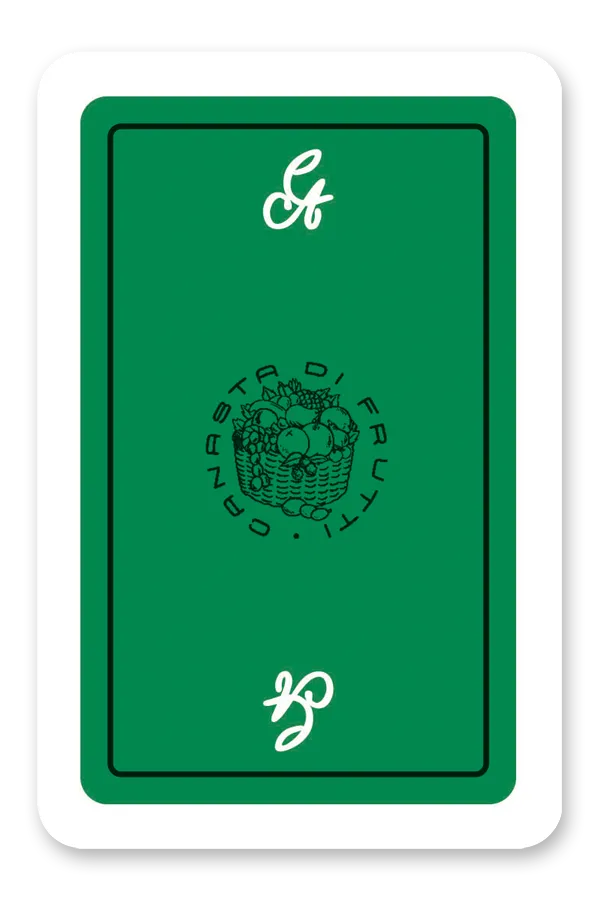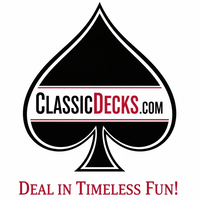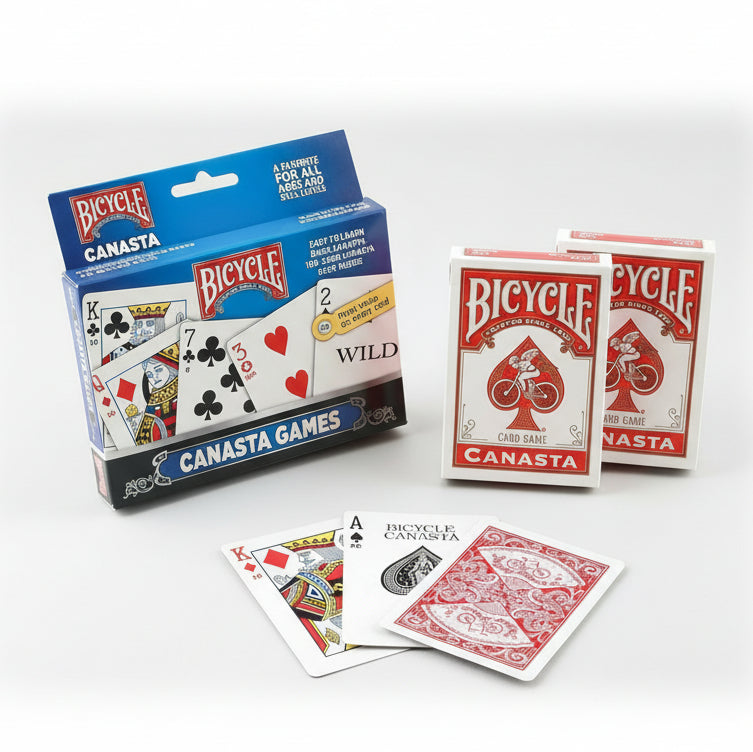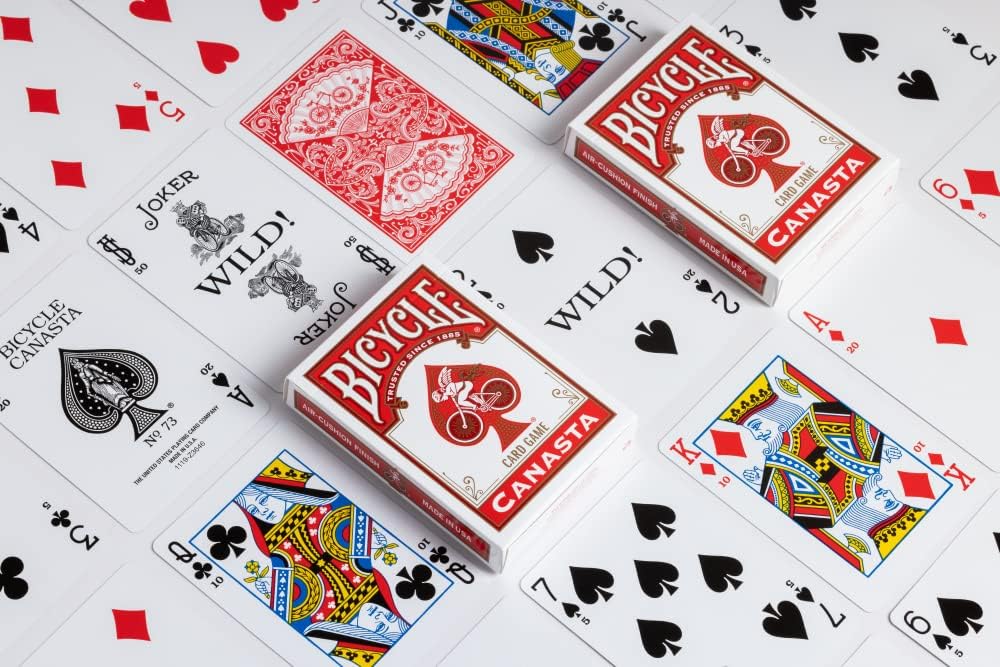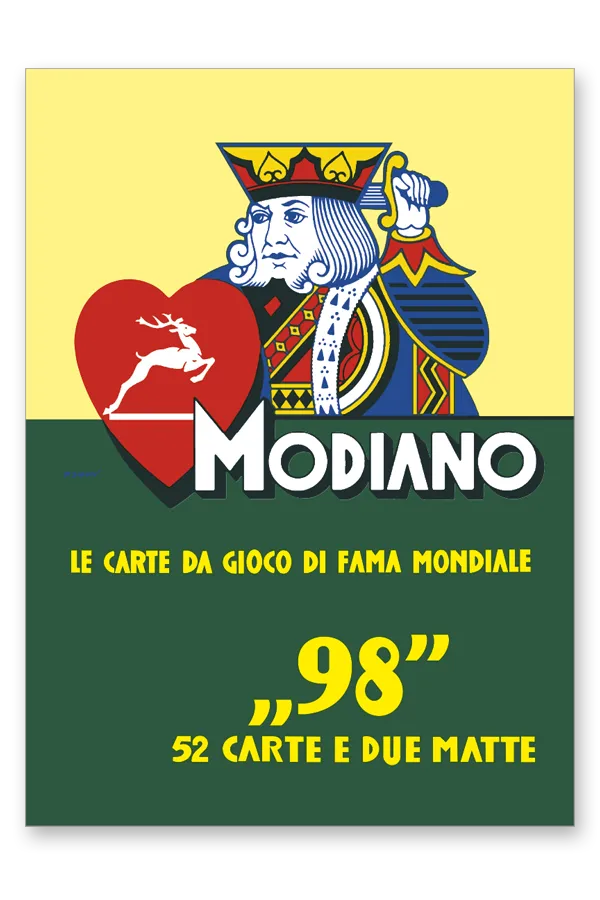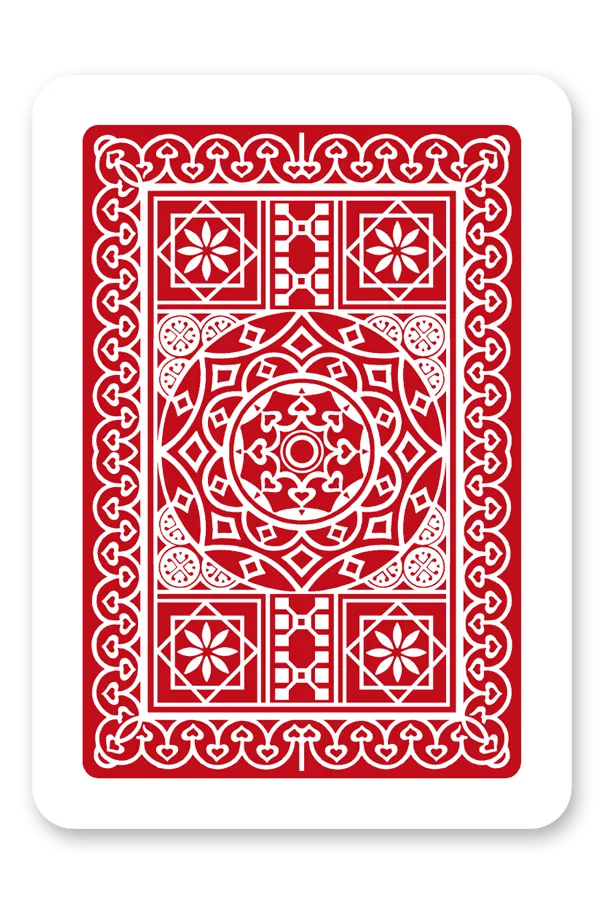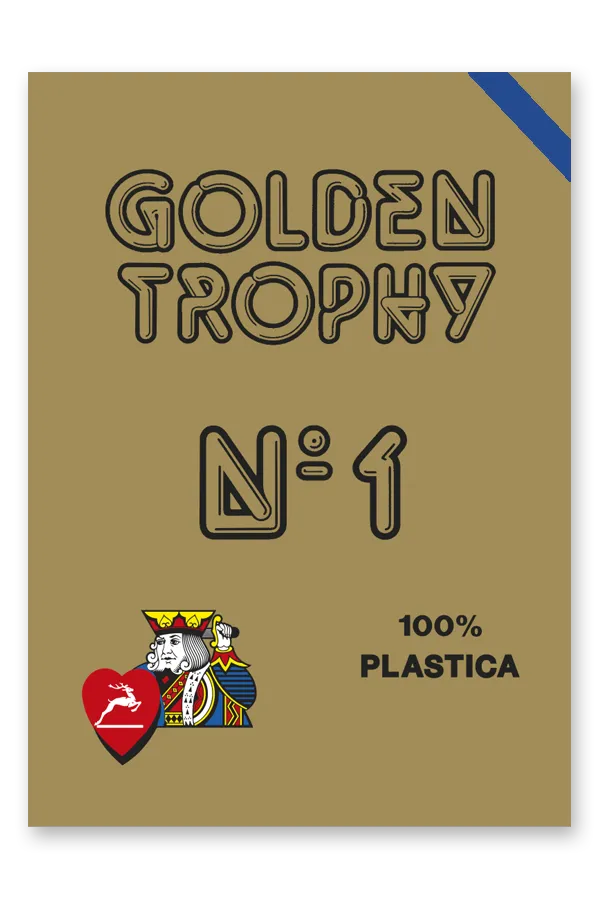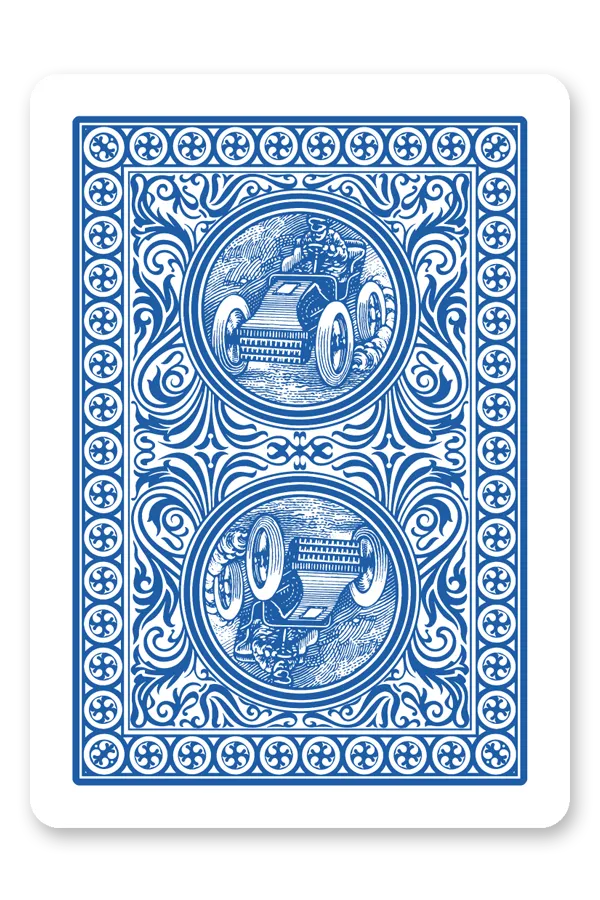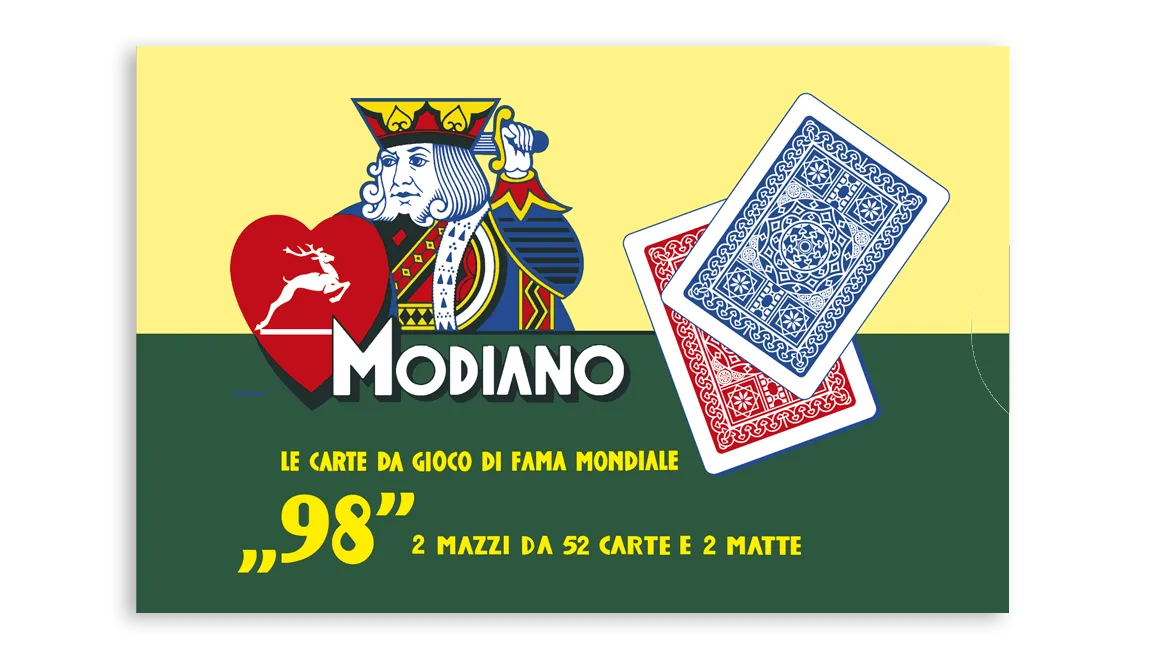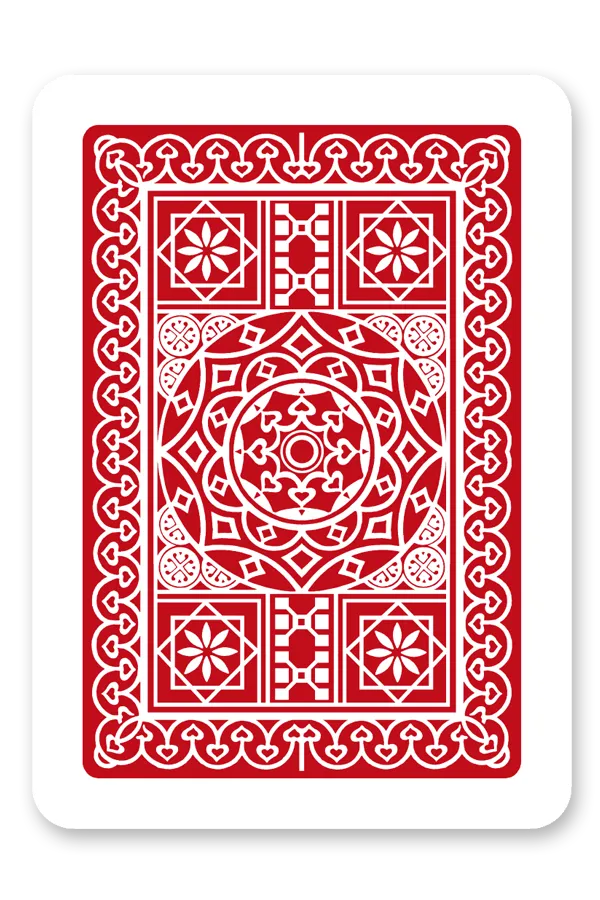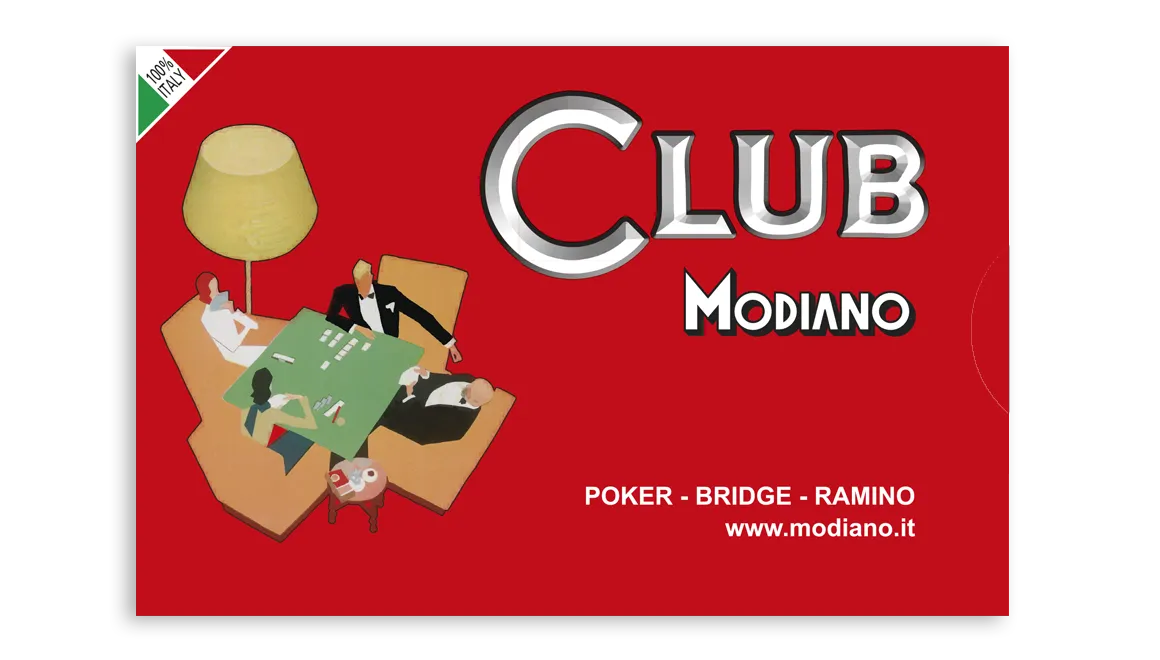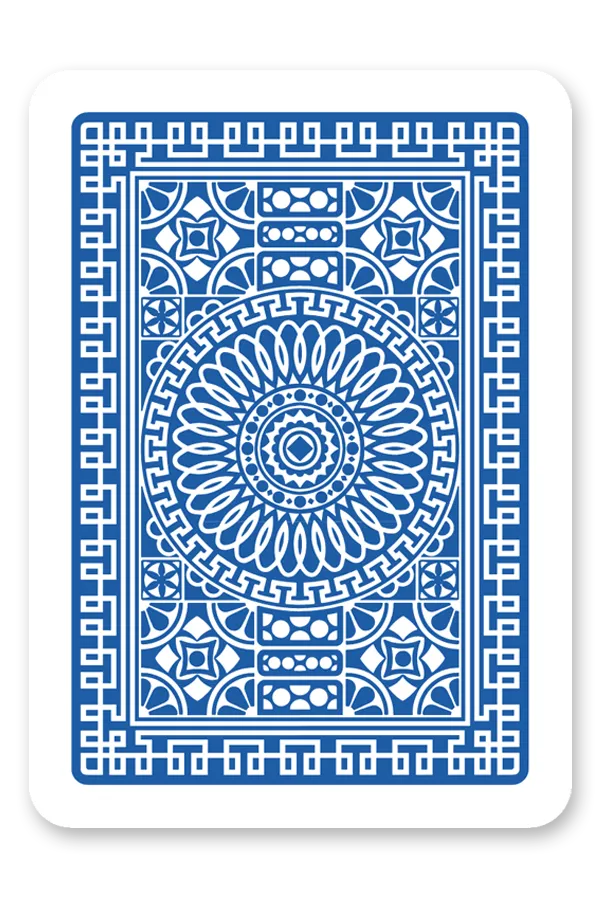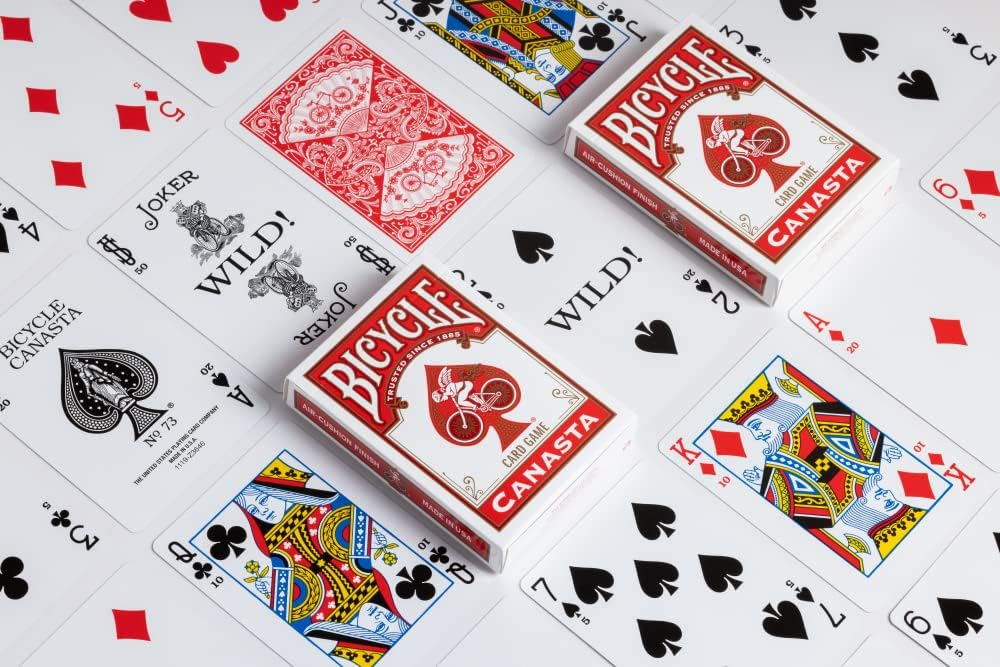
Canasta
11 products
Showing 1 - 11 of 11 products
The Game That Captivated a Generation
Few card games can claim to have swept across continents with the speed and fervor of Canasta. Born in 1939 at the prestigious Jockey Club of Montevideo, Uruguay, this ingenious card game was the brainchild of two friends seeking the perfect balance between strategy and relaxation. Attorney Segundo Santos and architect Alberto Serrato, longtime bridge partners, wanted to create a game less mentally exhausting than Bridge yet more strategic than luck-dependent Rummy. After weeks of experimentation, they combined the exciting elements of Bridge's team play, Rummy's meld-forming, and Conquan's strategic pile-buying into something entirely new.
The name itself tells a charming story. When friends asked what this captivating new game was called, the inventors improvised—they had been using a small woven basket (canastillo in Spanish) borrowed from a restaurant waiter to hold their cards during test games. The bulky canastillo became the snappier Canasta, Spanish for "basket," perfectly capturing the game's goal of collecting matching cards.
From South America to American Sensation
Canasta thrilled Uruguay first, then swept through Argentina, Chile, Peru, and across South America throughout the early 1940s. World War II temporarily delayed its leap northward due to severely limited air traffic between continents. But in 1948, Josephine Artayeta de Viel brought the game from Buenos Aires to New York, and it became an immediate sensation.
By January 1950, a leading publication declared Canasta "spread more rapidly than any game except Mah-Jongg in the early Thirties". By year's end, over ten million Americans had embraced the craze. The game dominated the early 1950s as America's most popular card game, with glamorous Canasta parties becoming the rage on Manhattan's Upper East Side and in suburban homes across the nation. Card sets, card trays, decorative accessories, and instruction books flew off store shelves, generating immense sales.
Bridge experts like Charles Goren, Oswald Jacoby, and John R. Crawford wrote authoritative books on Canasta strategy. The American Contract Bridge League stepped in to standardize the rules in partnership with Argentinian experts, publishing the Official Canasta Laws through the Regency Whist Club of New York. The game became so embedded in American culture that The New York Times reported on March 26, 1956: "Husband, Tired of Beans, Gets Canasta Game Raided"—a lighthearted story about a husband who felt neglected by his wife's devotion to her Canasta circle.
A Game of Melds, Strategy, and Social Connection
Canasta is part of the Rummy family but with distinctive strategic depth. Played with 108 cards (two standard decks plus jokers), typically by four players in two partnerships, the game revolves around forming melds—combinations of three or more cards of the same rank—and creating Canastas, which are melds of seven or more cards. Wild cards (2s and Jokers) add tactical complexity, allowing players to complete melds while requiring careful management.
The first partnership to reach 5,000 points wins. Points are scored through melds, Canastas (natural Canastas earning more than mixed ones), red threes, and going out. The strategic interplay between building your own melds, blocking opponents, deciding when to take the discard pile, and timing your exit creates engaging gameplay that rewards both skill and social awareness.
Enduring Legacy and Modern Revival
Though Canasta's popularity waned somewhat in the 1960s as rules variations proliferated, the game never disappeared. It evolved through numerous international variants—Samba, Bolivia, Chilean Canasta, Modern American Canasta—each adding unique twists. By the 1980s and 1990s, Canasta experienced renewed interest, with leagues and clubs continuing to thrive worldwide.
Today, Canasta remains what card game historians call "the most recent card game to have achieved worldwide status as a classic". Its blend of accessible rules, strategic depth, and social engagement continues to bring players together, whether in traditional face-to-face games or online platforms. The game that began in a Montevideo bridge club has secured its place in card game history, connecting generations of players through nearly a century of melds, Canastas, and friendly competition.
Your Canasta Collection
At ClassicDecks.com, we celebrate Canasta's rich heritage with specialized decks designed for authentic gameplay. Whether you're hosting weekly Canasta nights, teaching the game to new generations, or collecting pieces of card game history, our Canasta collection provides everything needed to experience this timeless classic as it was meant to be played.
